My Projects
Explore my work in design and social justice initiatives.
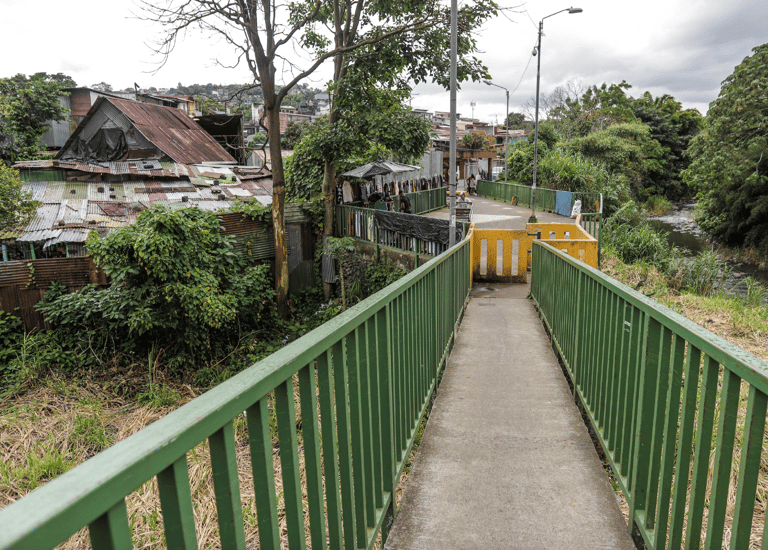

The Bridge: A Case Study on Inequity, Illiteracy, and Inclusive Design
This case story began in 2019, when I volunteered to create a pedestrian map for my local community center in Sanchez, a Curridabat district in San Jose, Costa Rica. The goal was to encourage residents to walk instead of driving short distances. However, I quickly realized that the map, strategically placed in front of the center, was being seen mostly by residents of the neighboring district, Tirrases, a low-income community with high illiteracy rates.
Despite their close proximity, Sanchez and Tirrases were worlds apart, separated by socioeconomic disparities and a history of tension. A makeshift bridge, built by Tirrases residents for easier access to jobs in Sanchez, had even sparked controversy and fear of increased crime. My initial map design proved ineffective for both communities. The residents of Sanchez didn't need it, and many in Tirrases, like Mercedes, couldn't even read it, mistaking the community center for a chocolate factory due to its bee-themed symbols.
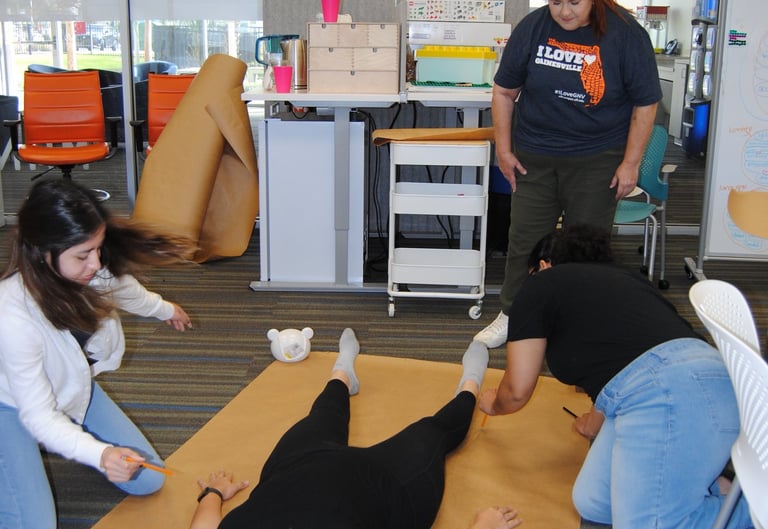

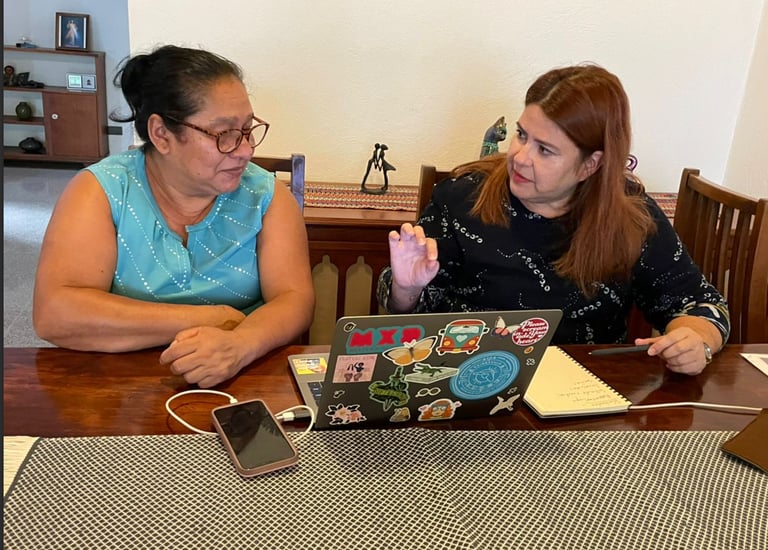

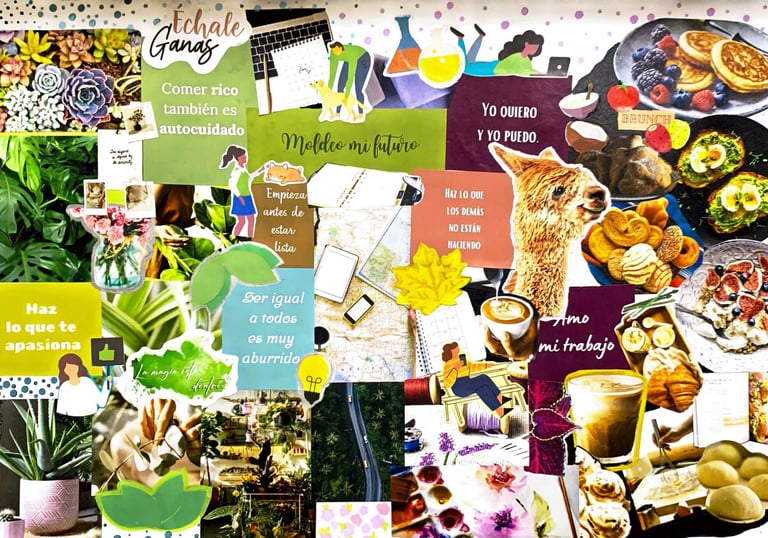

Meaningful Connections: Awareness, Belonging and Community in Latinas with ADHD
Imagine constantly feeling like you're not good enough, like you're always falling short compared to others. Over time, this can chip away at your self-worth, leaving you feeling doubtful, anxious, and even depressed. This is a common struggle for many women with ADHD, a condition that often goes unrecognized or misunderstood, especially in women and even more so in Latinas.
Why? Because for a long time, research on ADHD mainly focused on how it shows up in men. This means many women, particularly Latinas, go undiagnosed or misdiagnosed, facing unique challenges due to cultural stigma around mental health and a lack of culturally sensitive support. This can lead to feelings of isolation, low self-esteem, and difficulty navigating daily life.
This study aimed to shed light on the experiences of Latinas with ADHD, recognizing the deep connection between their cultural identity and how they understand and live with this condition. We want to create a space where these women feel seen, heard, and understood, fostering a sense of belonging and challenging the feeling of being "bothered."
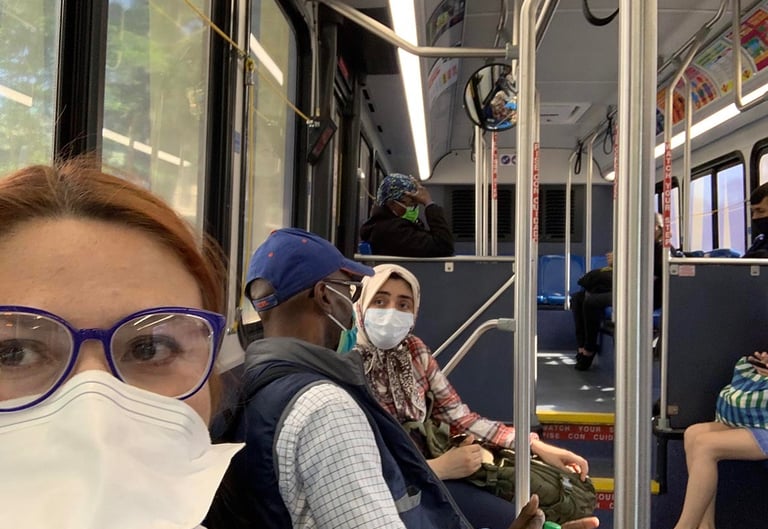

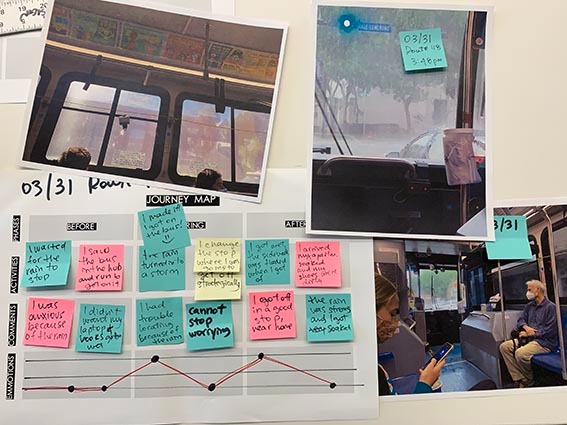

Emotional Rides: a case study on public transport service for neurodiverse users.


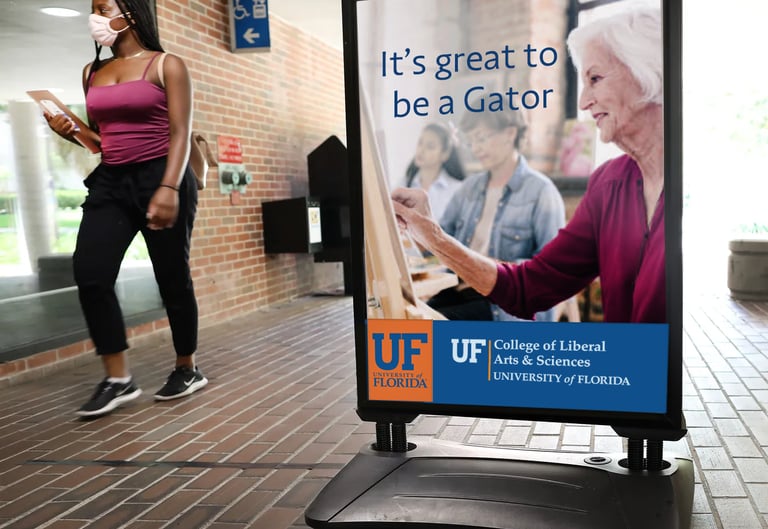

Adults Learners in the University of Florida: Case study on Andragogy applied to older students in higher learning
This autoethnography explores the emotional impact of public bus transportation in Gainesville, Florida, on a middle-aged, non-native English speaker with ADHD. Through a 30-day observational study, various factors including time of day, route, weather conditions, and service design were analyzed. The research aims to identify specific aspects of the bus service that influence the user's emotional state, particularly in relation to stress and well-being.
As a 50-year-old international student, I arrived in Gainesville, Florida, in January 2021 to pursue a Master's degree at the University of Florida. While I was eager to embrace new experiences, the challenges of adjusting to a new culture and academic environment were significant.
The transition to virtual learning during my first semester further complicated my experience. As an individual with ADHD, I often struggled with focus and organization. Additionally, my limited English proficiency and unfamiliarity with public transportation added to my anxiety.
Belonging is esential for student life. For most of the students, the campus become the most frecuent space during college years. That’s why emotional content is important, not only in the verbal language, but in the visual.
Older students are a minority in the UF right now, of the 5,5% of the student body. But the tendency tells is a growing one. Through visual explorations and interviews, this case study observes some real material from UF publications, and experiment with small changes to expand the direction of the sense of welcoming to a wider audience.
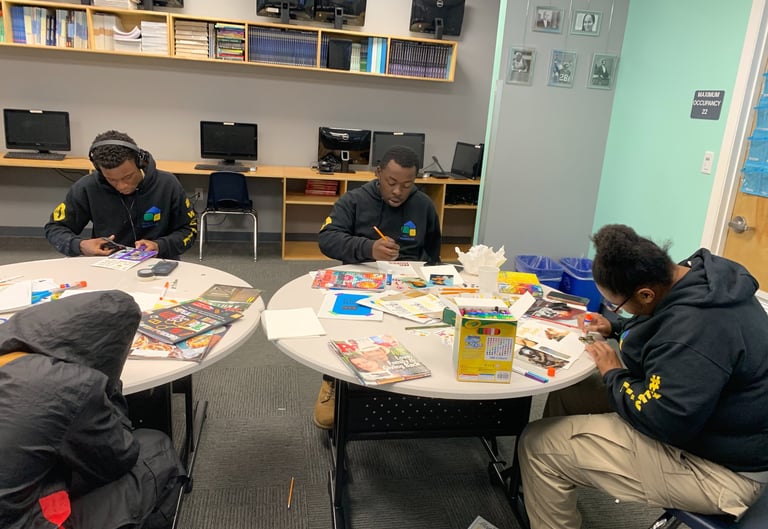

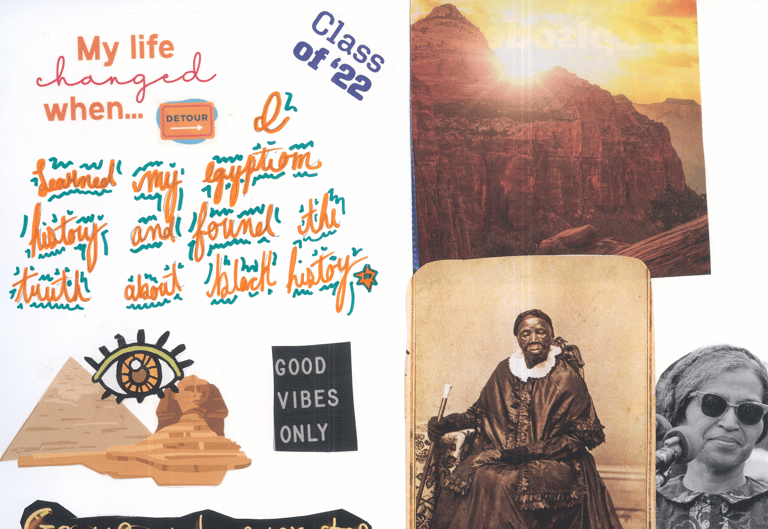

Powerful Voices: The Power of Zines
This study examines the artwork in zines created by a group of young students. The zines were produced as part of a series of thematic workshops designed to explore the students' interests and contexts. These workshops aimed to contribute to a public zine library as a donation from the grant.
Some students expressed concerns about their future, particularly regarding work and personal development. Others showed interest in social issues, family, pets, and cultural heritage. The students actively and voluntarily participated in the workshops, engaging in open discussions on various topics.
This experience highlighted the stark inequalities and misunderstandings that existed, not just between these two districts, but also within my own country and beyond. It sparked a deeper exploration of design's role in bridging these gaps and giving voice to marginalized communities. It led me to pursue a Master's degree in the US, where I continued to grapple with these questions and ultimately crossed that bridge myself, feeling the weight of its symbolism and the palpable tension between these two worlds. This journey underscored the importance of designers connecting with the communities they serve, moving beyond the computer screen to understand the real-world impact of their work.
Gainesville's public bus system presented a daunting task. The unfamiliar routes, the need for precise timing, and the physical discomfort of crowded buses exacerbated my stress levels. To better understand and manage these challenges, I embarked on a month-long observational study, documenting my emotional responses to various bus journeys.
To do this, I used approaches that respected and valued their unique perspectives, drawing on Indigenous research methods, emphasizing collaboration and equal partnerships ("Horizontalidad"), and encouraging the sharing of personal stories ("Testimonios"). Through workshops, creative activities like making zines and body maps, and simply sharing experiences, I aimed to empower these women to embrace their identities and navigate their ADHD journeys with greater confidence and support.
Creative Explorations
This is a typographic exercise I created. I selected a series of black-and-white images from Unsplash that convey abstract concepts to represent emotions and ADHD traits. Using my old printer along with black, white, and gold markers, I approached this as a spontaneous exercise, resisting the impulse to edit, control the quality, or reprint the images—despite their imperfections. Perfectionism, a common ADHD trait, often stifles creativity, and this exercise challenged me to let go of that urge. I loved the result and will definitely incorporate this exercise into my classes.
Image by White Malaki for Unsplash.
Photo by Volkan Olmez for Unsplash.
Photo by David Cohen for Unsplash.
Photo by Briana Tozour for Unsplash.
Photo by Ronny Sison for Unsplash.
Photo by David Cohen for Unsplash.
Photo by Oladimeji Odunsi for Unsplash.
Photo by Florian Cordier for Unsplash.
Selfportrait by Flory Sanabria.
Photo by Quino al Lnou for Unsplash.
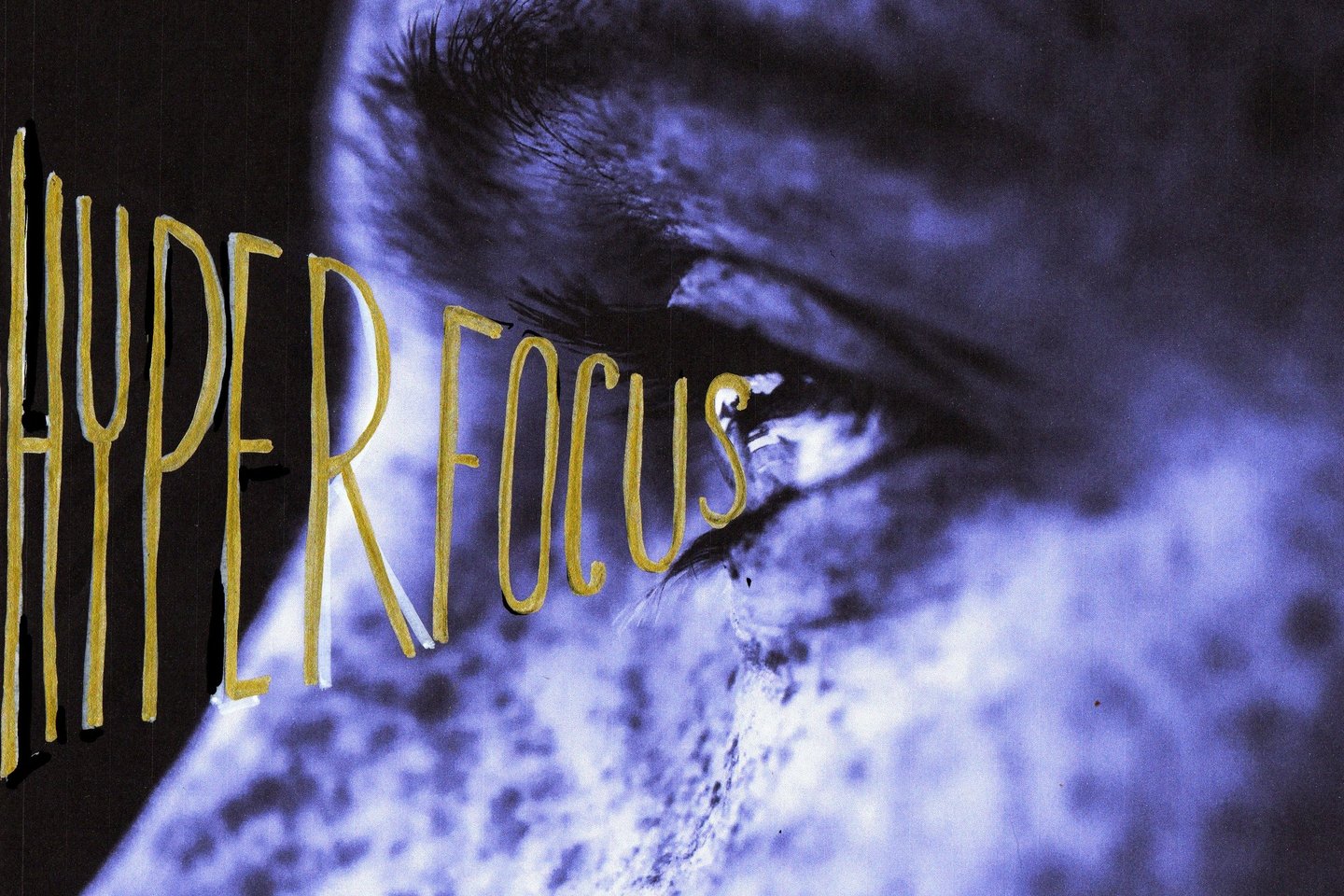

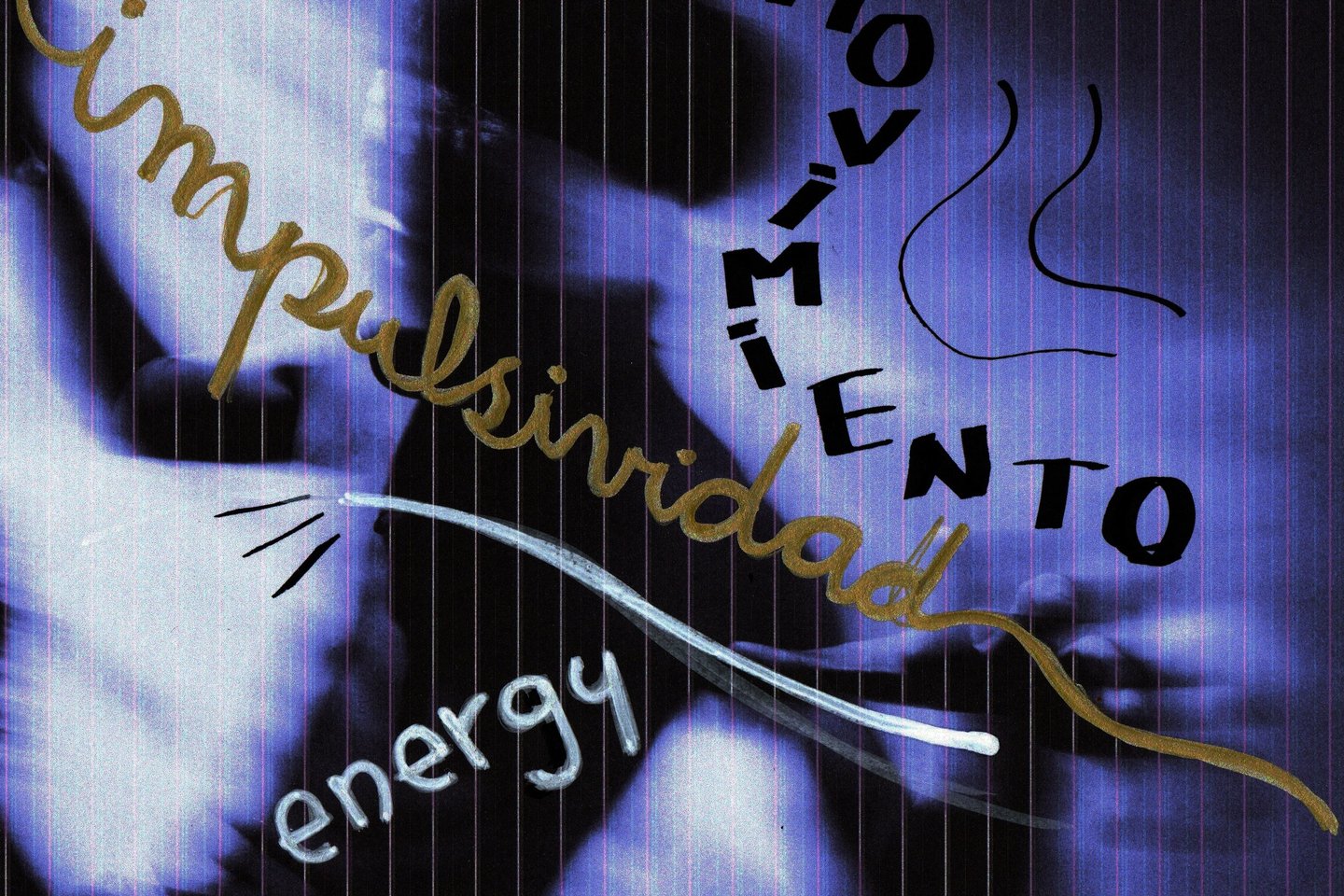

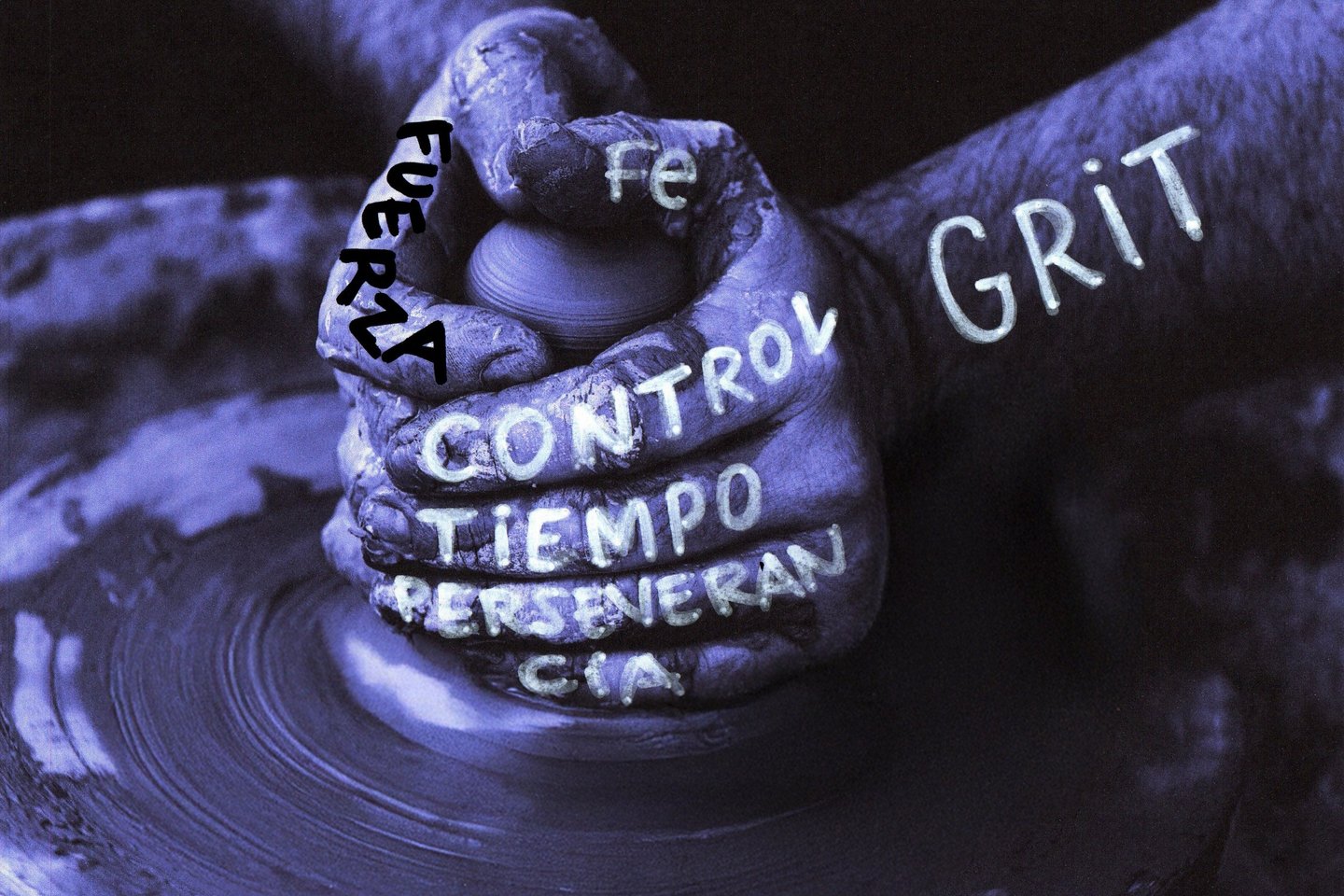

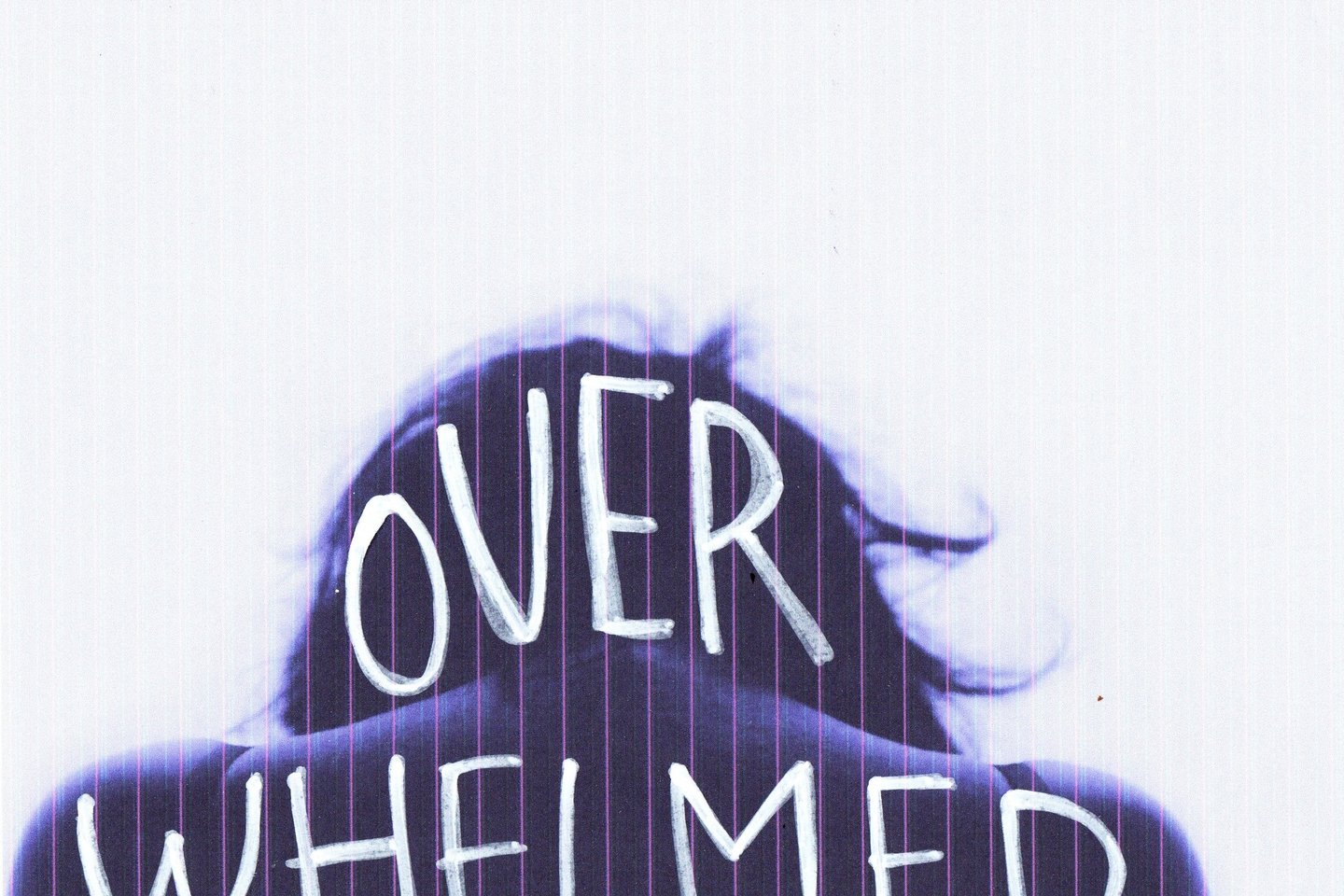

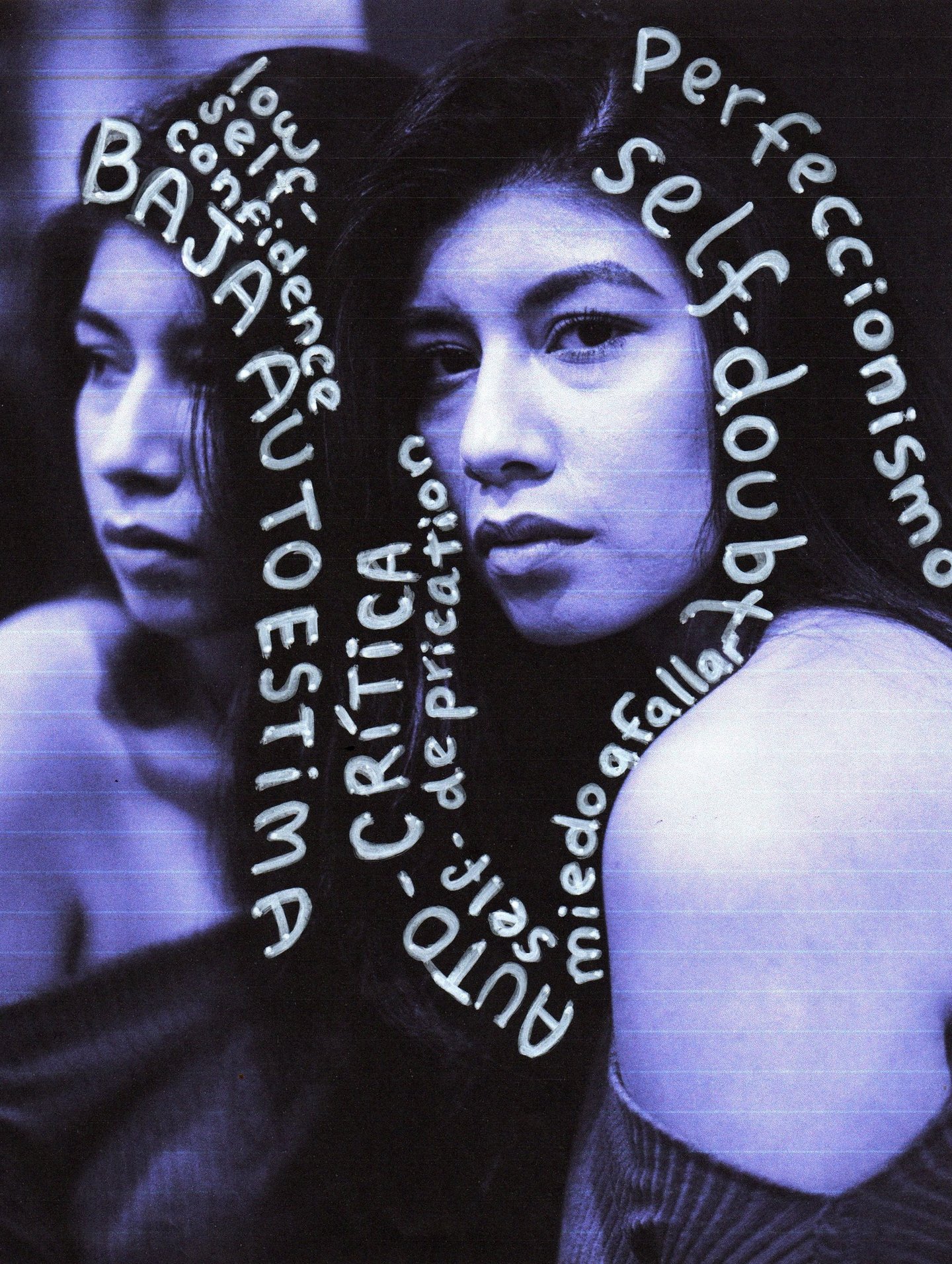

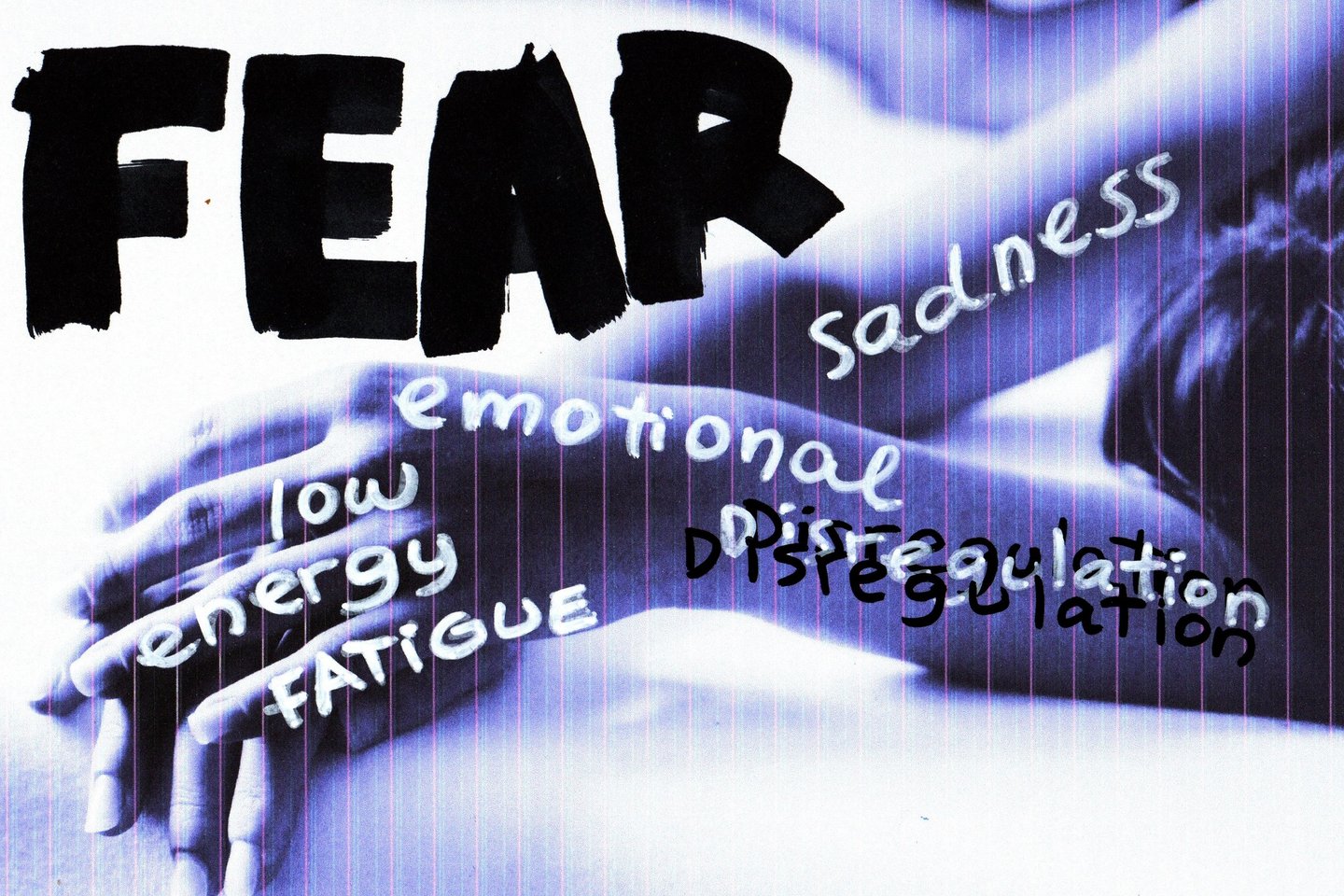

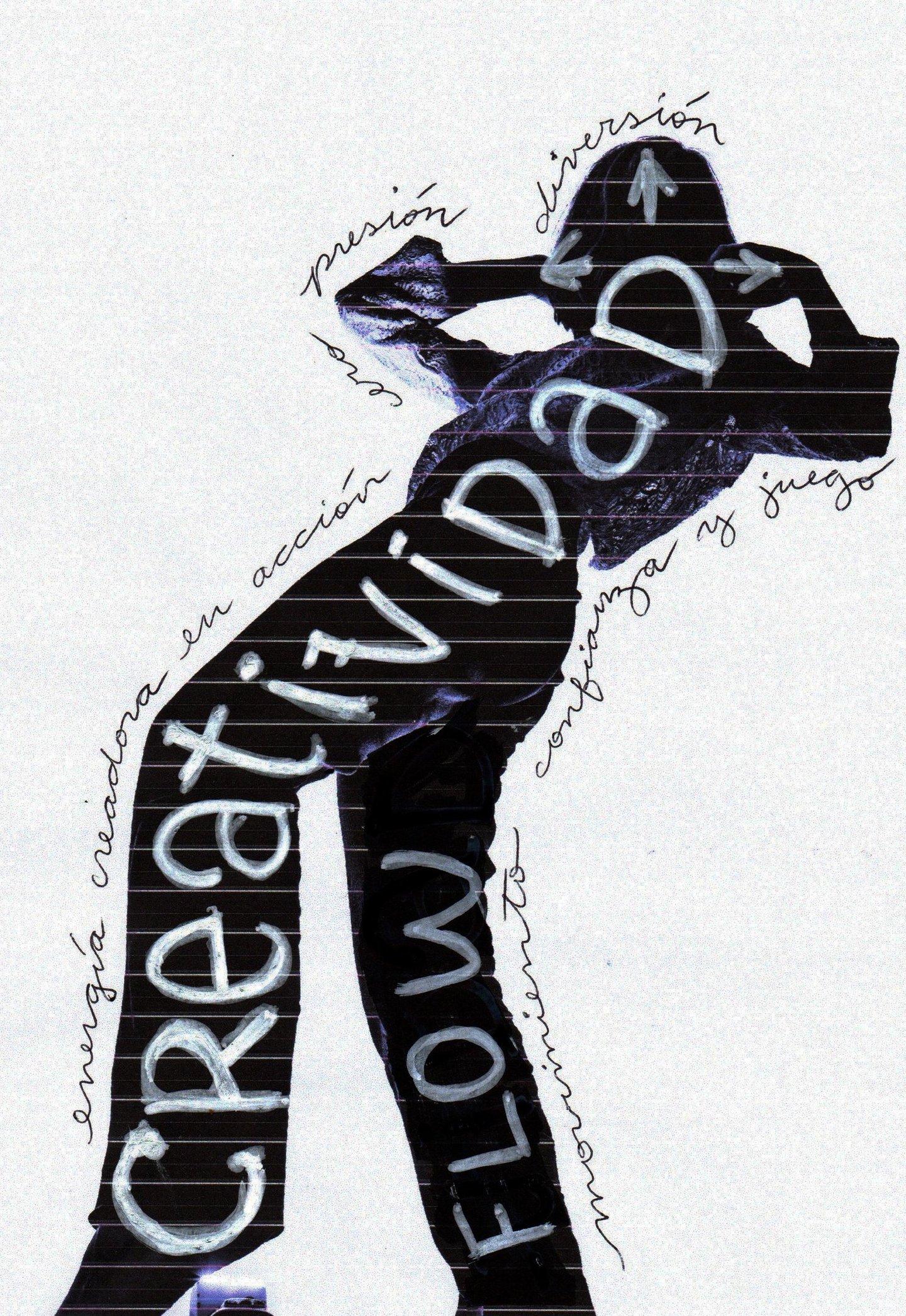

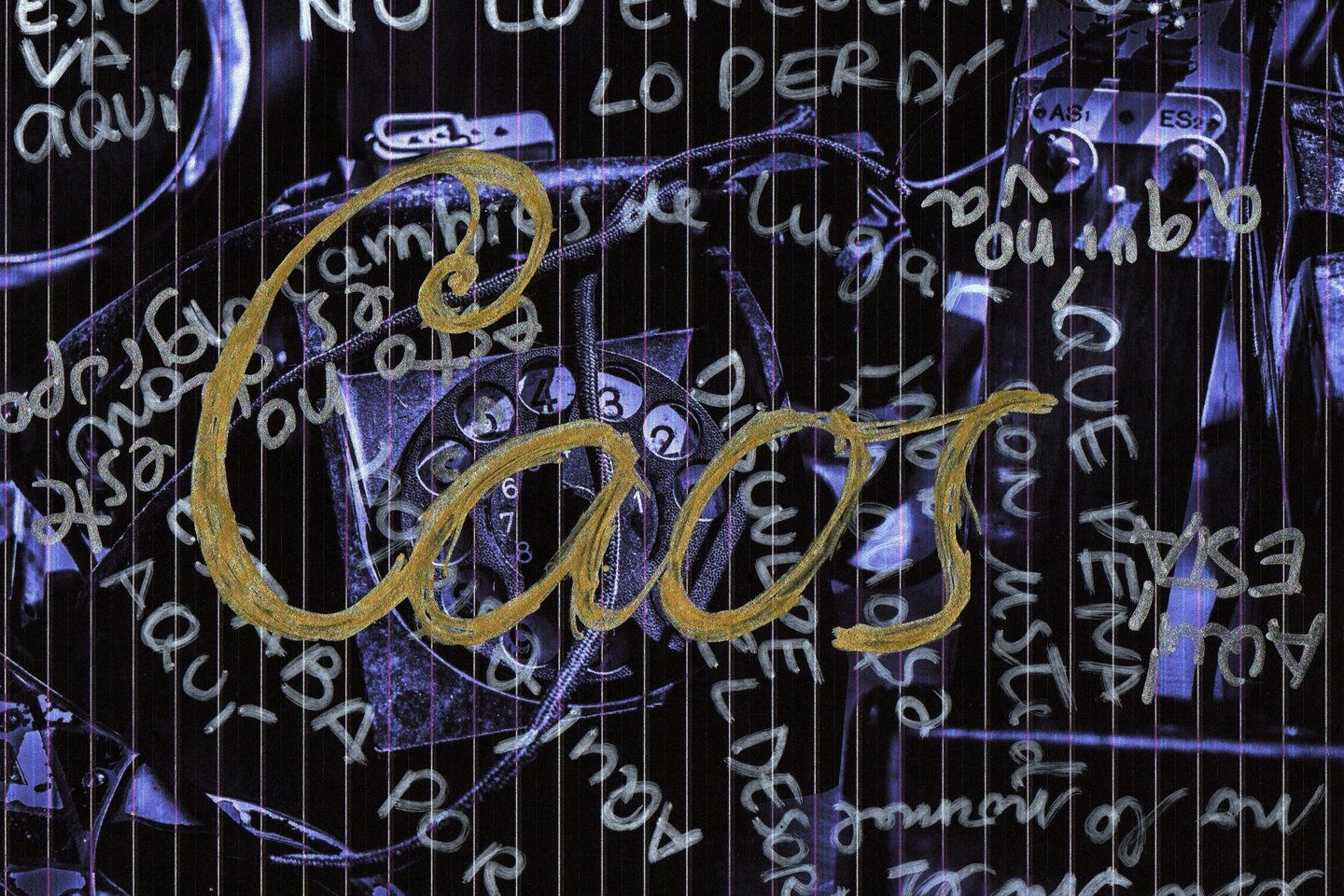

Photo by Wendy Schofield for Unsplash.
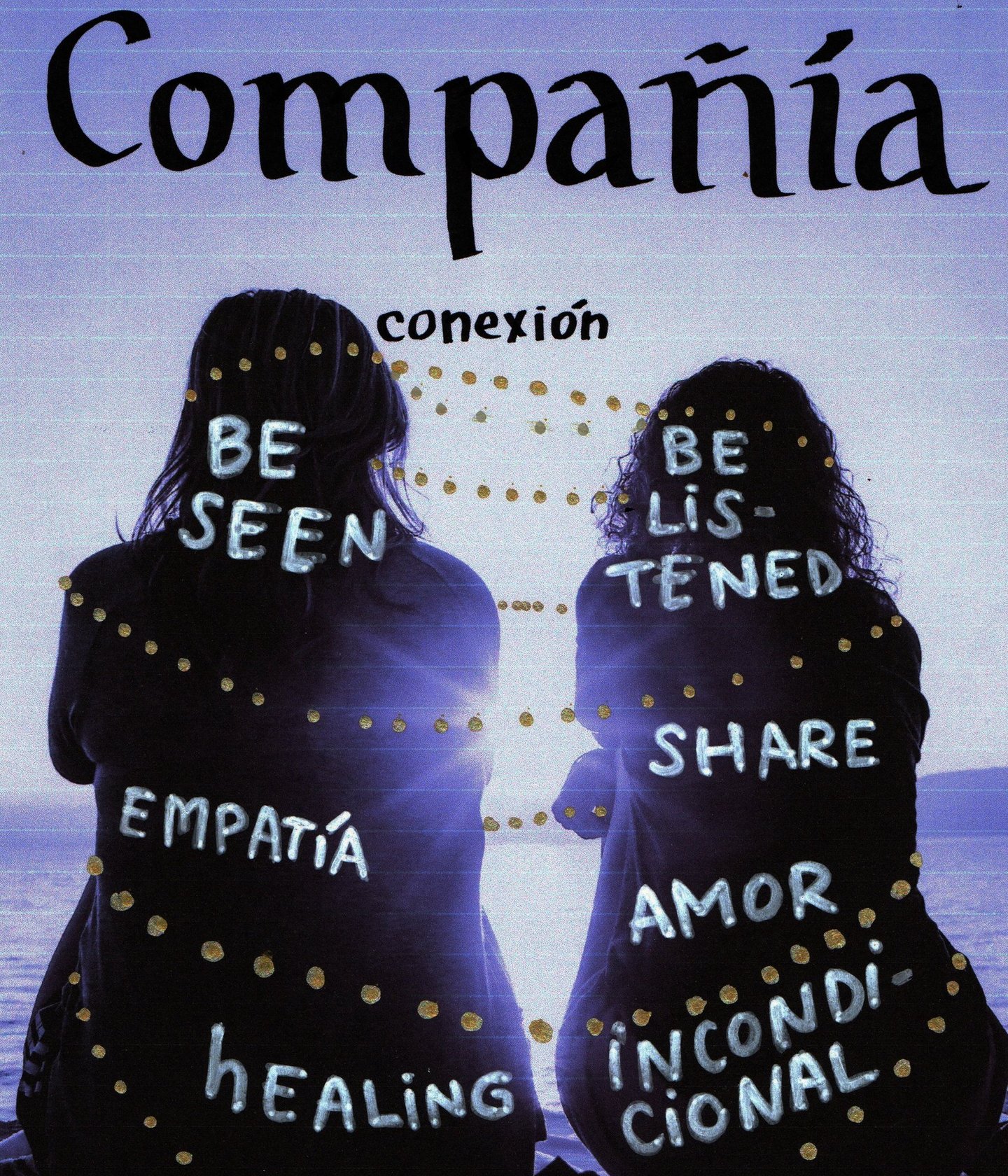

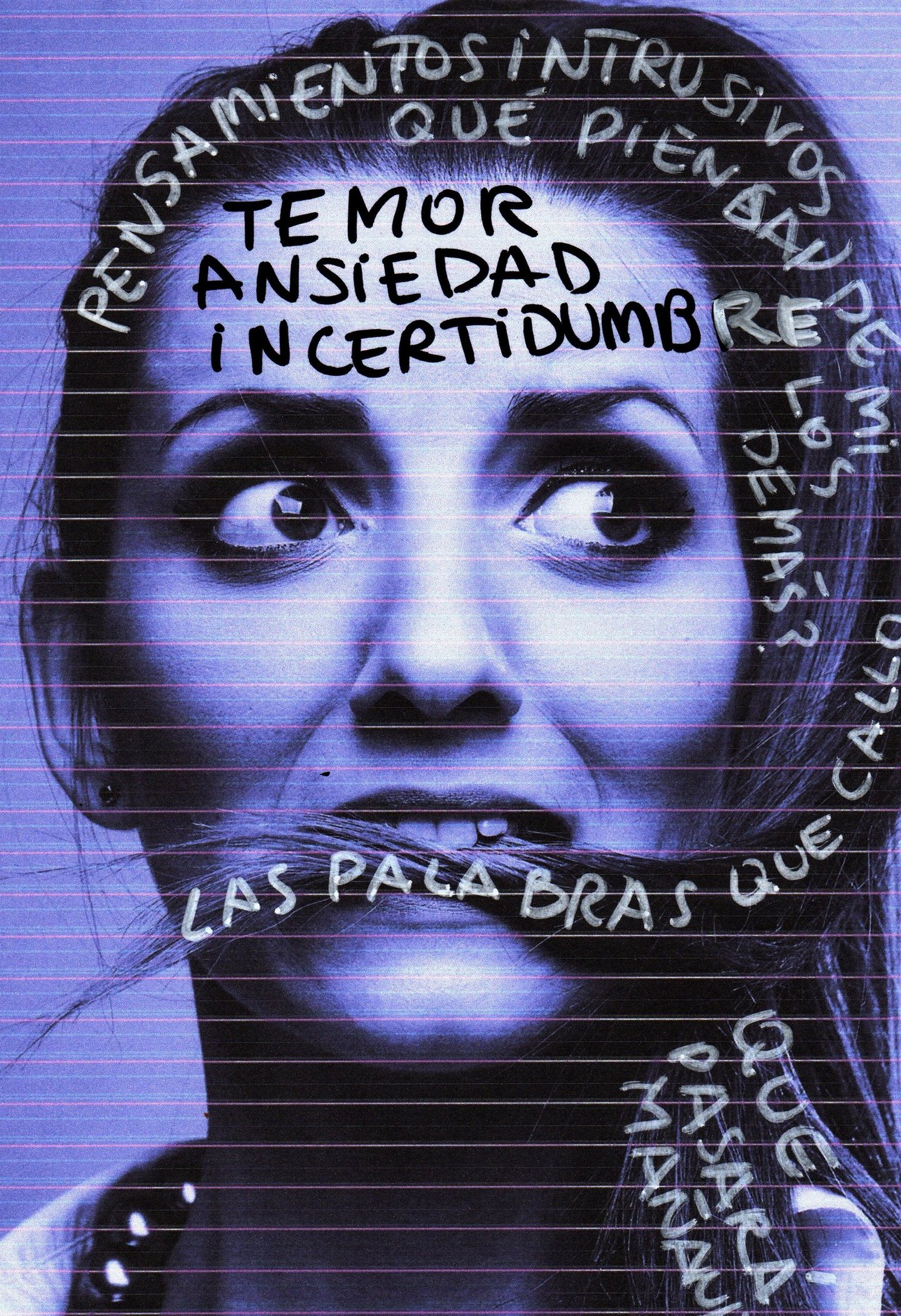

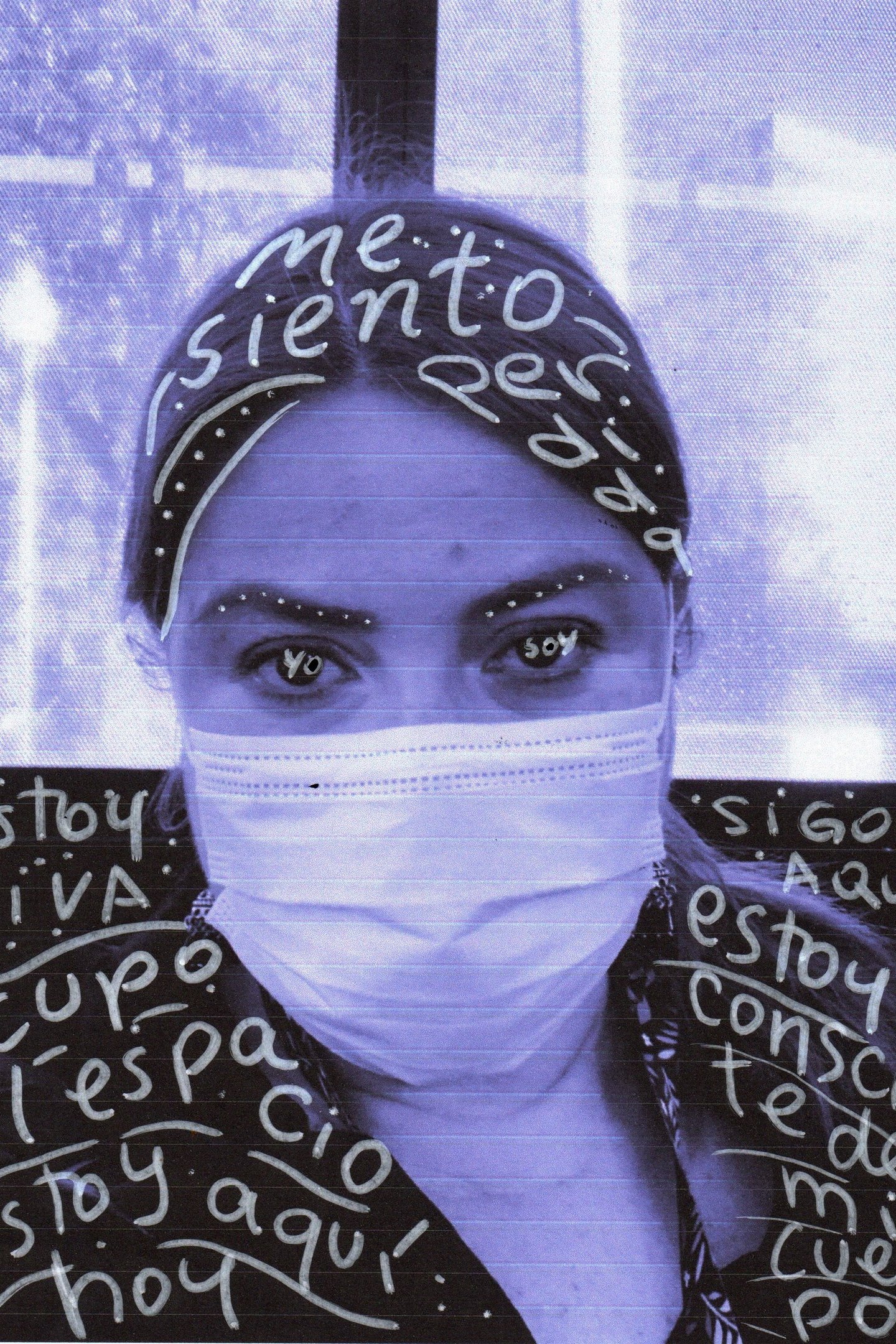

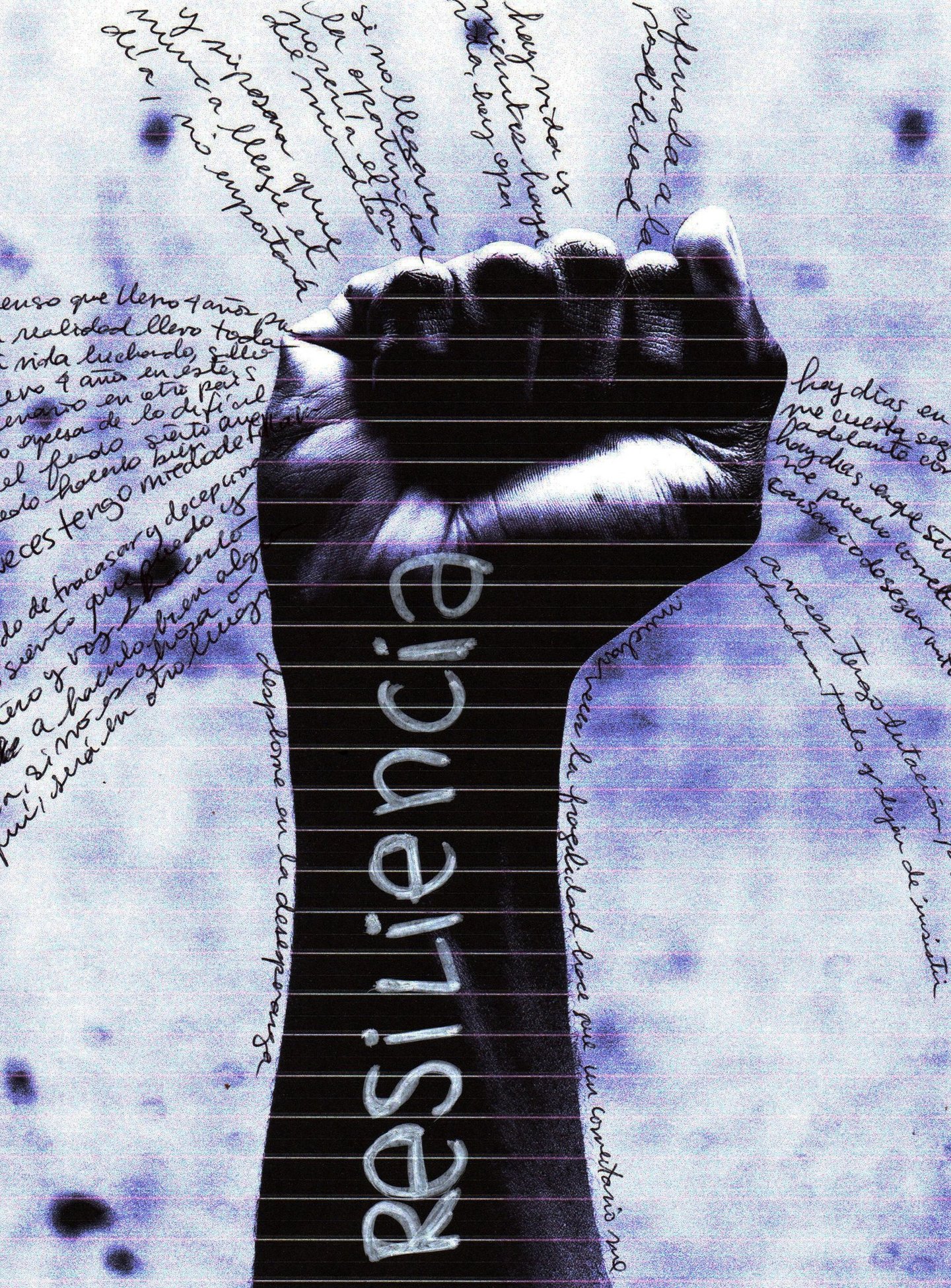

Photo by Alexander Krivitskiy for Unsplash.

Get In Touch
Connect for collaboration, inquiries, or to discuss design projects.
